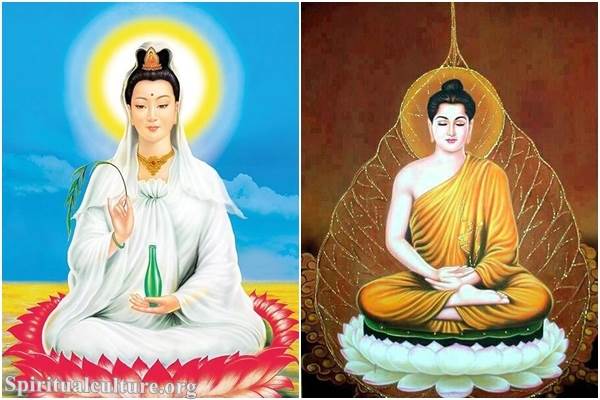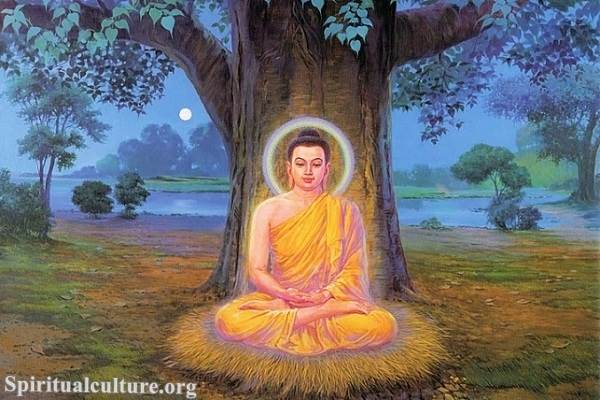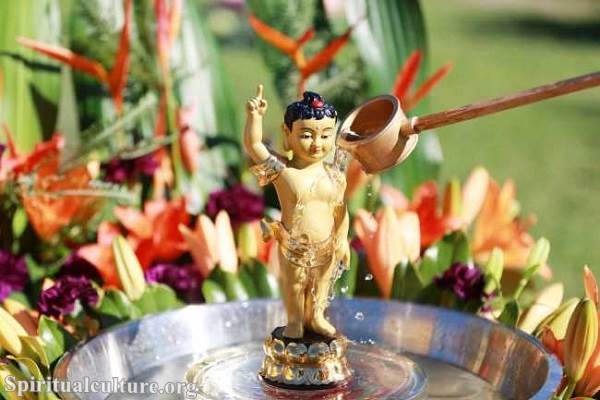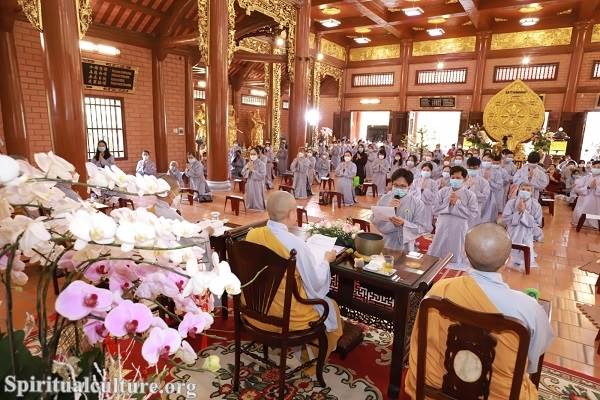Vajrayana Buddhism, also known as Tantric Buddhism or Esoteric Buddhism.
Vajrayana Buddhism is characterized by ritual and meditation practices believed to accelerate spiritual development and lead to enlightenment in a single lifetime. Vajrayana practices include using mantras, mudras, and visualization techniques, as well as studying tantra texts and receiving secret initiations from a qualified teacher. It is considered to be the most advanced and esoteric form of Buddhism.
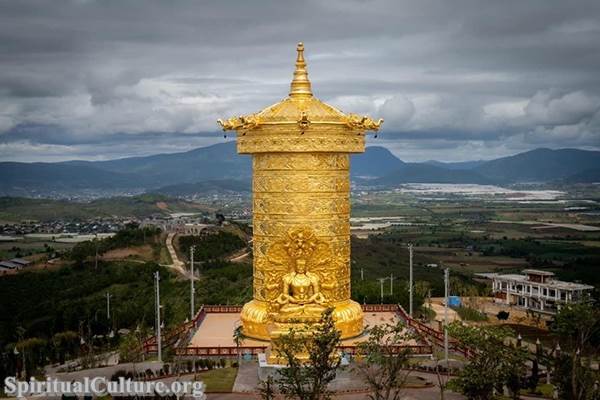
Vajrayana Buddhism was first developed in India, where both Hindu and pre-Buddhist indigenous traditions influenced it. The earliest Vajrayana texts were written in Sanskrit and are known as “Tantras.” These texts contained teachings on practices such as visualization, mantra recitation, and ritual, which were believed to accelerate the path to enlightenment.
One of the unique features of Vajrayana Buddhism is its emphasis on the guru-student relationship. In Vajrayana, the guru is considered a source of blessings and essential for the student’s spiritual progress. The student must have a strong connection and devotion to the guru, and the guru must be fully qualified and authorized to give the teachings and initiations. The student must rely on the guru to guide the path to enlightenment.
Vajrayana Buddhism spread from India to other parts of Asia, such as Tibet, Bhutan, Nepal, and Mongolia. In Tibet, it was known as the “Vehicle of Secret Mantra” and was transmitted by Indian tantric masters to the royal and noble families. It became the dominant form of Buddhism in Tibet, Bhutan, and parts of China, Nepal, and Mongolia. Today, Vajrayana Buddhism is still practiced in these regions and has also been transmitted to the West, where it has a growing number of followers.
Vajrayana Buddhism is also known for its use of “Deity Yoga,” which is a practice of visualizing oneself as a particular deity, such as a Buddha or Bodhisattva. This visualization is used to help the practitioner identify with the deity’s enlightened qualities and purify one’s own negative emotions and obstacles.
Vajrayana Buddhism also teaches the use of “mantra, ” a syllable, word, or phrase repeated as a focus of meditation. The repetition of mantras is believed to purify the mind and bring the practitioner closer to enlightenment.
In addition to these practices, Vajrayana Buddhism also emphasizes using “mudras,” which are hand gestures used in rituals and meditation practices. These mudras activate certain energies within the body and bring the practitioner closer to enlightenment.
Another significant aspect of Vajrayana Buddhism is the use of “yidam,” which are meditational deities that are used as a focus of meditation. Each yidam represents a different aspect of enlightenment and has specific characteristics and attributes. Practitioners are encouraged to choose a yidam that resonates with them and meditate on that deity to purify their minds and achieve enlightenment.
Vajrayana Buddhism is considered the most esoteric and secret form of Buddhism. Its teachings and practices are only imparted to fully ordained individuals, who have taken the vow of secrecy, and are considered ready to receive the teachings. It is also considered the fastest path to enlightenment, but it is also seen as the most dangerous one, as it can lead to spiritual arrogance and wrong practices.
Vajrayana Buddhism is a form of Buddhism that emphasizes using tantras, mantras, visualization, deity yoga, mudras, and yidam practices to achieve enlightenment. It is considered as the most esoteric and secret form of Buddhism, and its teachings and practices are only imparted to fully ordained individuals who have taken the vow of secrecy and are considered ready to receive the teachings. It is also considered the fastest path to enlightenment and the most dangerous one, as it can lead to spiritual arrogance and wrong practices.
In summary, Vajrayana Buddhism is a form of Buddhism that originated in India around the 7th century. It emphasizes using tantras, mantras, and visualization practices to achieve enlightenment. It also strongly emphasizes the guru-student relationship, which is essential for spiritual progress. It was later transmitted to Tibet, Bhutan, and other parts of the Himalayas, where it continues to be practiced today.
